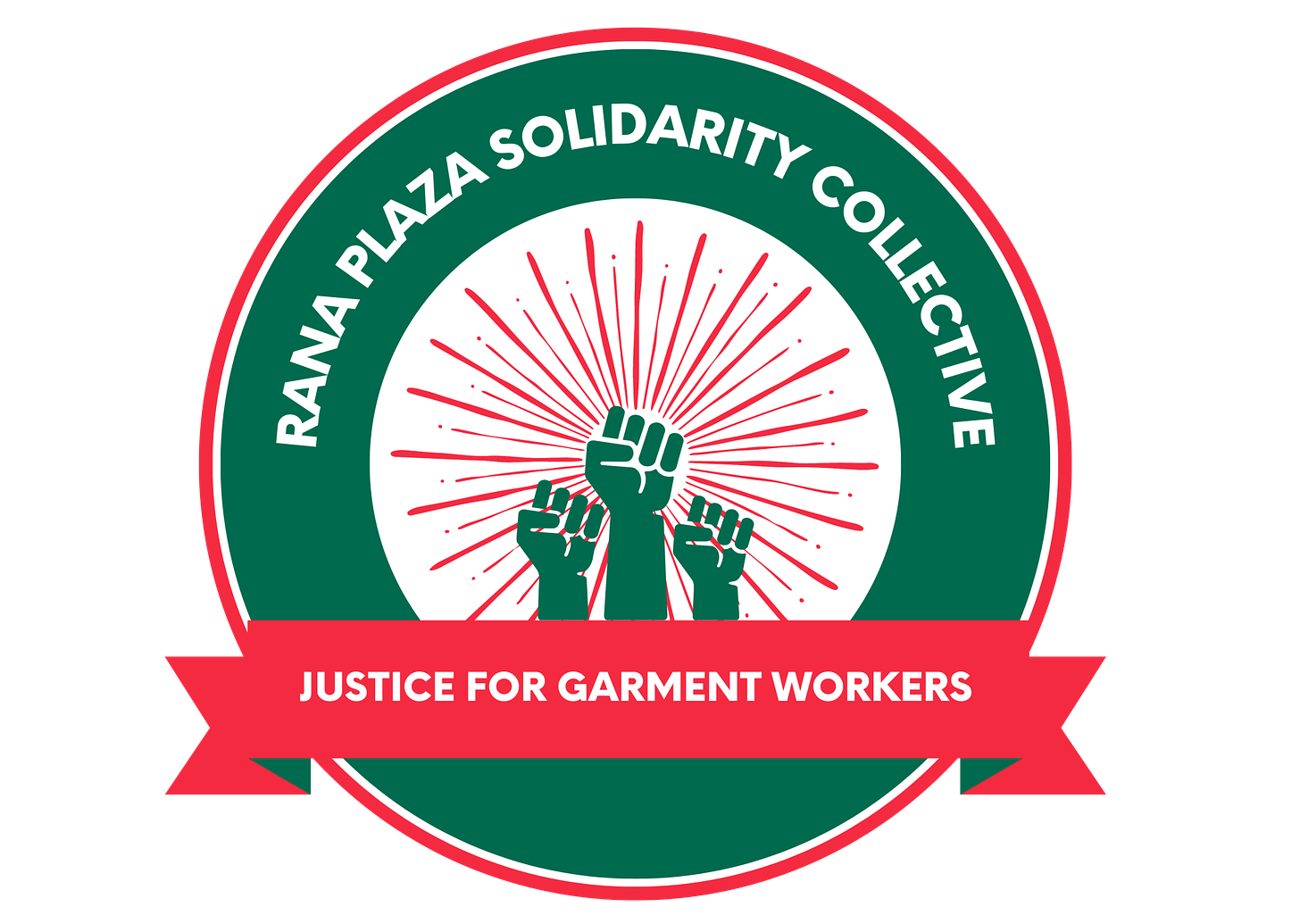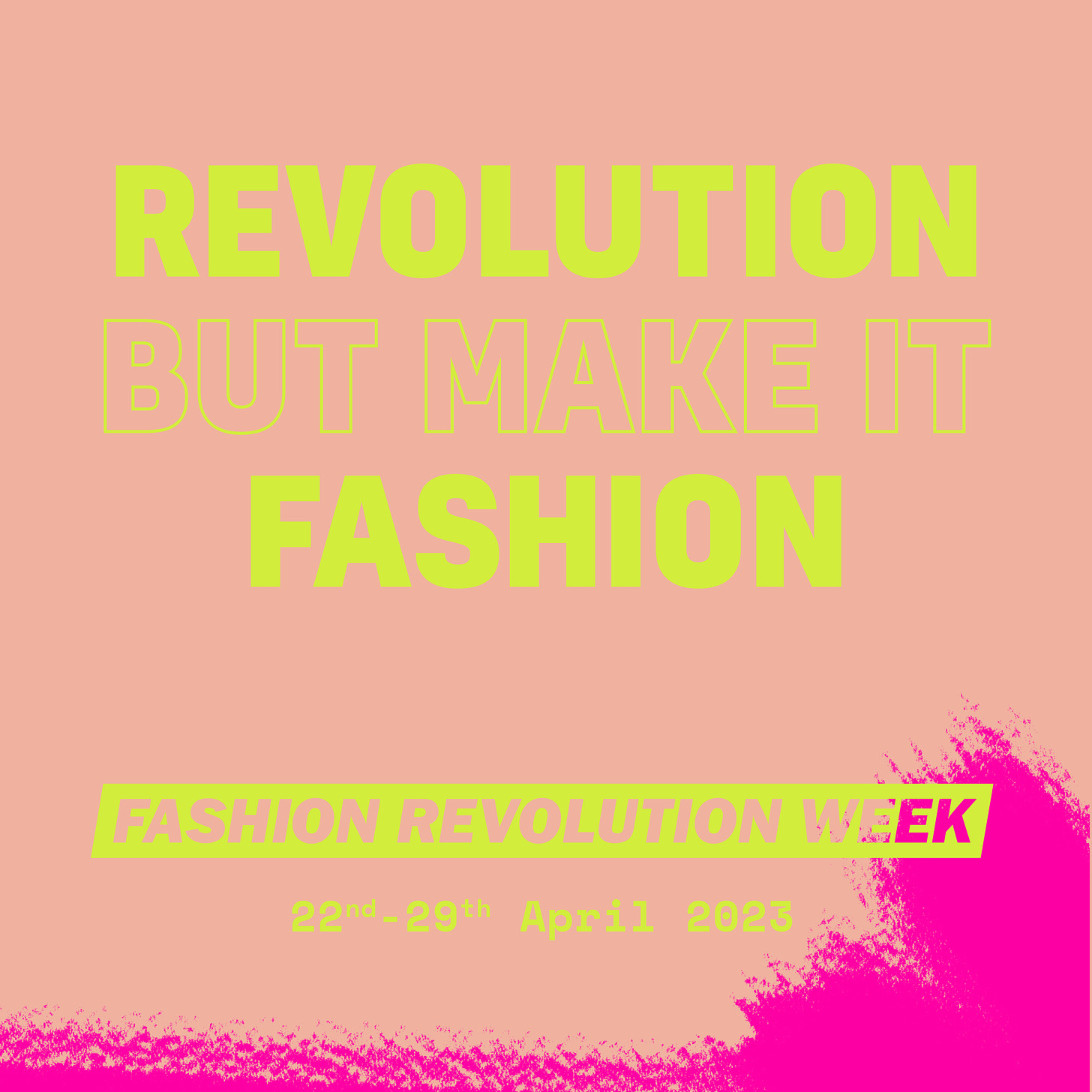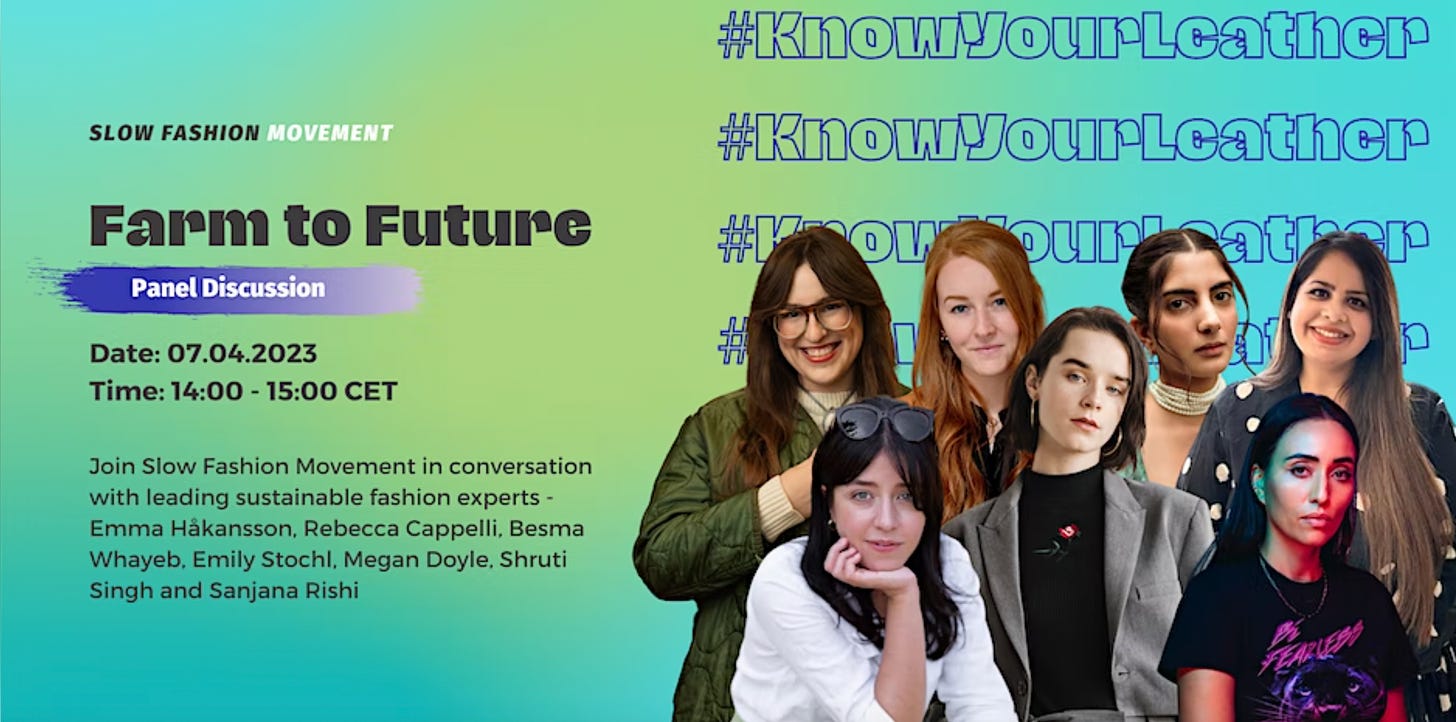March in Fashion, Condensed.
Fashion doesn't care about size inclusivity, inside Gen Z's world of dupes, and where is the fast fashion backlash?
This month marks the 10-year anniversary of the Rana Plaza Factory disaster in Bangladesh. It remains one of the biggest factory disasters in modern history, killing around 1,138 people and injuring more than 2,500. It was a pivotal moment for many people in the fashion industry. After decades of blindly ignoring who was making our clothes and under what conditions, the devastating human cost of fashion was finally laid bare.
In the last 10 years, a lot has changed, although whether the fashion industry has largely improved is debatable. Rana Plaza led to the formation of activist and worker rights groups like Fashion Revolution and Remake, as well as the Accord on Fire and Building Safety in Bangladesh. The Accord is a legally binding agreement between participating brands and trade unions which has undoubtedly saved many lives, but there is still a lot more to be done.
I always look at sustainability as a Venn diagram that can be broadly split into two groups: environmental and social impact. The latter, in my experience, is not discussed in the media or considered by the industry nearly as much as it should be.
There are thought to be around 80 million garment workers around the world and yet, they’re rarely considered when we talk about sustainability. Brands will breathlessly describe their recycled packaging or natural fibres until the cows come home, but can’t tell you whether the people making their clothing are paid a fair wage, have safe working conditions or have the right to unionise. Why is this? Why do we care more that our bathers contain 8 recycled plastic bottles than if the person who made them is treated with dignity?
Perhaps it’s because the environmental impact of a garment is much easier to measure and quantify, so brands talk about it more. Perhaps brands think that consumers don’t care who made their clothes. More likely: brands don’t know who made their clothes.
This month, as Fashion Revolution Week coincides with the 10th anniversary of Rana Plaza, what better time to ask your favourite brand: Who made my clothes? We need to tell brands that we care about garment workers and that we want them to work in safety, earn enough to support their families, and have a dignified life. More details on how to get involved with Fashion Revolution Week and the Rana Plaza Solidarity Collective are below.
P.S — Next month, I’ll be adding a paid subscriber-only section to the newsletter which will include bonus content like brand recommendations, exclusive interviews, insight from industry experts and more. If you’d like to support my work, you can do so for £5/month. The whole mission of this newsletter is to make sustainable fashion accessible, so free subscribers will still receive all the content you see below!
As ever, I love to hear from you. Hit reply at the end of the email to get in touch.
Until next month,
Meg X
Things I Did Write
Turning Old Into New: Understanding Textile Recycling for Forward Lab
Despite the rising demand for recycled materials, less than 1% of clothes were recycled into new clothing in 2021. What is stopping fashion’s circular transformation and more importantly - who will fix it?
Things I Didn’t Write
Fashion Continues to Not Care About Size Inclusivity by Bonnie Langedijk for Hurs
No One Knows How Many Clothes Are Made. Why Won’t Brands Tell Us? by Faith Robinson for Good On You
‘We’ve Lost The Right To Be Pessimistic’: Patagonia Treads Fine Line Tackling Climate Crisis As For-profit Company by Lauren Aratani for the Guardian
Can Social Media’s New Deinfluencing Trend Really Encourage Us To Buy Less Stuff? by Aditi Mayer for Vogue
Viscose Rayon Is Terrible for the Environment. Here are the Sustainable Alternatives by Alden Wicker for EcoCult
Where Is the Fast Fashion Backlash? by Zahra Hirji for Bloomberg
How To Build A Sustainable Wardrobe That Survives Trends by Alice Doleman for the Evening Standard
In Gen Z’s World Of ‘dupes,’ Fake Is Fabulous — Until You Try It On by Maura Judkis for the Washington Post
The African Designers Turning Western Waste Into Fashion Statements by Mary Holland for the Financial Times
The To-Do List
This month marks the 10-year anniversary of the Rana Plaza Factory collapse in Bangladesh. The Rana Plaza Solidarity Collective is hosting a range of events this month to mark the anniversary, highlighting the lasting impact of Rana Plaza. There’s a walking tour, memorial, documentary screening, exhibition and more around London and Leicester.
Watch Fashion Reimagined (100min)
Last month, I attended a screening of Fashion Reimagined — a new documentary that follows Mother of Pearl creative director Amy Powney on her journey to create a traceable collection for the conscious London brand. You might be able to find it in cinemas still, but it will also be on Sky and NOW TV from the 9th of April! It’s beautifully shot and provides a fascinating insight into just how difficult it is to create truly sustainable fashion.
Fashion Revolution Week: 22nd to the 29th of April
With events all over the world during Fashion Revolution week, it’s a great opportunity to get involved and learn more about your wardrobe. You can participate by hosting your own events (think movie screenings, panel talks, clothing swaps, mending workshops) or simply find events in your local area.
Farm to Future: Know Your Leather Panel for Slow Fashion Movement
On Friday the 7th of April, I’ll be participating in a panel discussion about the impact of leather production and consumption as part of the Slow Fashion Movement’s annual “Know Your…” campaign which will focus on leather for the month of April. You can register for free to watch the discussion and learn more about leather!
Thank you for reading the Titian Thread Newsletter! To subscribe or share with a friend, hit the buttons below.








